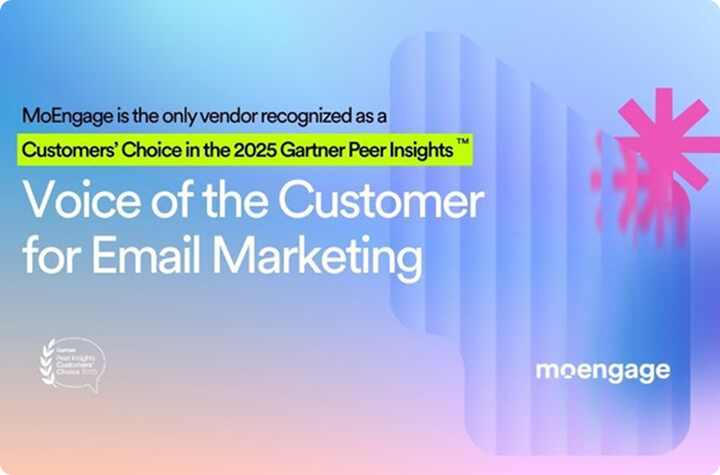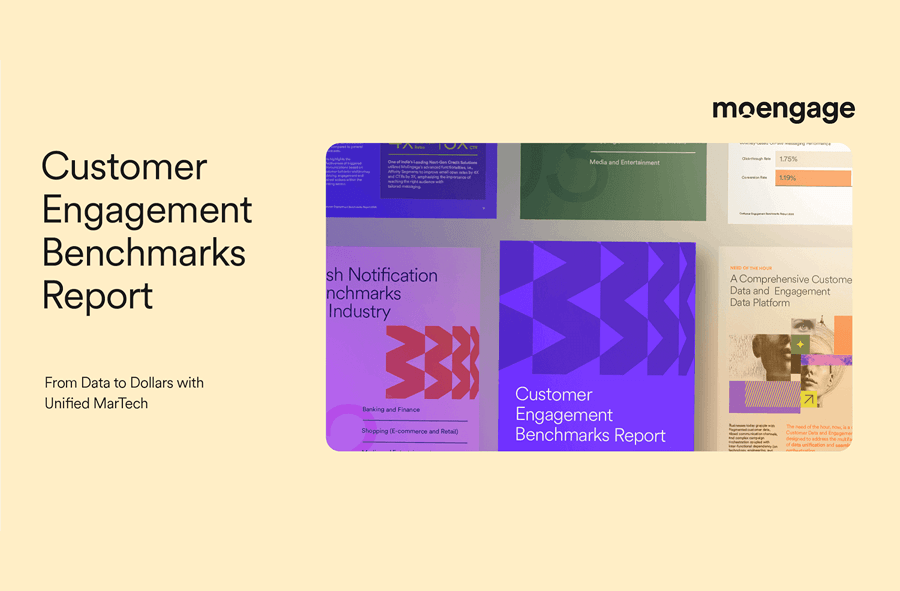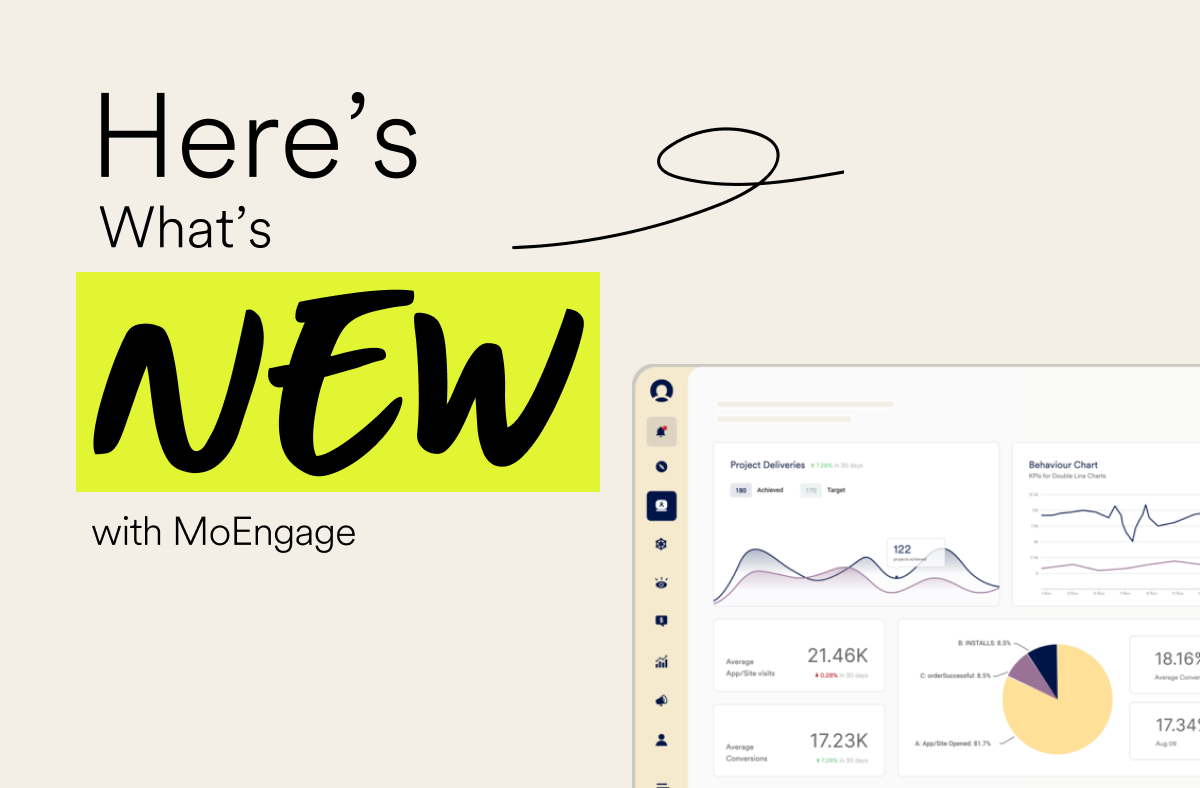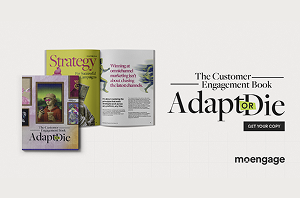Omnichannel Customer Experience: Definition, Benefits, and Examples
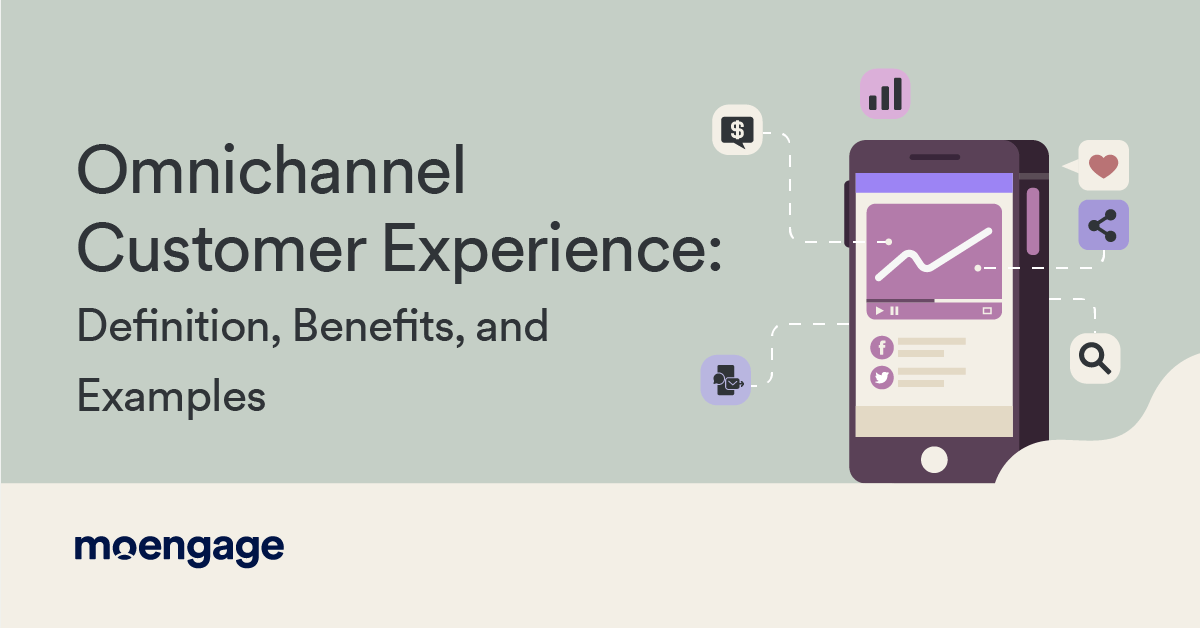
The omnichannel customer experience: What is it? Why does it matter? And how can you create seamless interactions across all touchpoints to create this experience?
Because today’s customers expect a seamless experience no matter how they engage with your brand, from online to in-store, from social media to SMS. These customers also assume the marketing across these touchpoints to be targeted to them, with the right message at the right time and place.
And they have every right to expect all this, because they are already experiencing it when they interact with other brands. So the real question is, is your brand delivering the experience consumers now demand? If not, read on.
In this guide, we’ll explain why you need omnichannel marketing and the importance of creating unified experiences for your customers across channels—as well as how to do it.
Let’s jump in.
What Are Omnichannel Customer Experiences?
If you’re asking, “what is an omnichannel experience?” the answer is something you have likely already experienced.
For example, while on your phone during a lunch break, you visit the website of a clothing company you like. You poke around and put a few items in your shopping cart. Then you close the website and get back to work.
The next time you’re on Facebook, you see an ad for one of the items you looked at while browsing the clothes on your phone. Later when you check your email, you see a message reminding you about the items in your shopping cart.
The email also tells you the same items are available at the brick-and-mortar store in your city. Next time you’re in the vicinity of that store, you get a text message reminding you about those items.
That, in a nutshell, is an omnichannel customer journey, but note the experience because that is key: The omnichannel customer experience should be seamless. It should be personalized and targeted, so the consumer gets the right message at the right time without the marketing coming across as disruptive.
Omnichannel is a critical marketing strategy for retailers, but also for fintech, mobile apps, or any industry that recognizes the importance of keeping up with changing consumer habits.
However, not every business or industry will use omnichannel marketing in the same way because the omnichannel experience meaning depends on the industry and consumer expectations.
To help you understand the experience part of this, we will go into benefits, methods, and examples below.
What Does an Omnichannel Strategy Do?
We’ve talked about the omnichannel experience meaning and described a scenario of the customer journey with an emphasis on the experience. But what does an omnichannel strategy actually do? What is the end result besides more conversions?
An omnichannel strategy unifies consumer experiences across channels. These channels can include social media, mobile apps, websites, push notifications, ads, emails, SMS and more. And the result is a seamless omnichannel customer experience.
Omnichannel Customer Experience Statistics
This is the main difference between multichannel and omnichannel marketing strategies. Multichannel strategies also use various platforms, but don’t they don’t link them together.
And it’s the seamless omnichannel customer experience that delivers in customer satisfaction and conversions, as these statistics from the BusinessDasher website prove:
- Omnichannel retailers have up to 30% more sales.
- Omnichannel marketing can increase purchase rates by 287%.
- Customers tend to spend 10% more online and 4% more in-store when omnichannel marketing is used.
Omnichannel marketing also increases brand loyalty. According to an example in an Amazon Web Services article, one retailer using omnichannel experienced 23% more repeat shopping trips to the retailer’s stores by customers taking advantage of the multiple touchpoints.
These customers were more likely to recommend the brand to friends and family compared to those customers who used a single channel.
Why Having an Omnichannel Customer Experience Matters
It’s not only retailers who benefit from the omnichannel customer experience, however. Customers also benefit. Because omnichannel has so many touchpoints, it is more convenient for them as they interact with a brand on their own terms, when and how they want.
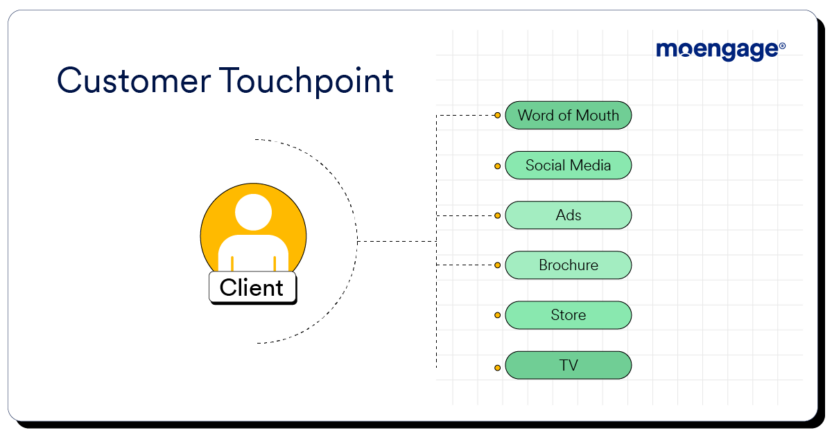
It also tells them the brand pays attention to their preferences because the marketing is targeted and personalized. And that results in customers who are more satisfied with and loyal to a brand.
For tips on maximizing these interactions and increasing brand loyalty, see Proven Methods to Increasing Omnichannel Customer Engagement.
Key Elements of a Great Omnichannel Customer Experience
Once you’re convinced of the need for effective omnichannel customer experiences, it’s time to get familiar with the key elements. While considering your own strategy, make sure you include:
- Seamless transitions across channels, ensuring continuity in customer interactions such as online, in-store, in a mobile app, etc.
- Personalization that adapts to customer needs and preferences.
- Real-time engagement to meet customer expectations for timely and relevant support along the omnichannel customer journey.
- Accessibility and inclusivity for all customer segments.
Find more details about the key elements with our in-depth omnichannel marketing guide.
How to Create an Omnichannel Customer Experience
Now that you understand the importance of the experience, some of the benefits of this approach, and the key elements, let’s dive into how to do it.
When you set out to create an omnichannel customer experience, emphasize the experience. It’s easy to get caught up in the technology side, but it is the experience side that matters.
Yes, you want technology that will enable you to improve customer interactions, such as predictive assistance and real-time problem-solving. But don’t lose sight of how the customer experiences it on the other end.
Think of it as omnichannel customer experience management: You’re not simply deploying technology to make it happen, but managing it to ensure your customers get the seamless and personalized experience they want.
Follow the five steps outlined below, and you will create a satisfying omnichannel experience for your customers.
Step 1. Research and design
It begins with understanding the consumer so dig deep into your data. Research their desired needs and know what they’re looking for and how they look for it. Value propositions, as well as business goals, can be built around consumer segments.
Then design your omnichannel strategy. This involves planning service journeys and ensuring that end-to-end digital and live-contact experiences are matched.
Step 2. Identify touchpoints
Next, identify consumer touchpoints. How and where do your customers interact with your brand? Because your customers can access your brand in multiple ways, all touchpoints need to be linked so that the consumer journey is uninterrupted.
These touchpoints can include mobile websites, apps, social media, SMS, email and more.
3. Plot the funnel
With a data-based knowledge of consumer behavior and an understanding of your customers’ touchpoints, build an omnichannel strategy to guide them onward toward a purchase.
As you plot the funnel, plan bridges between interactions so that the consumer moves from step to step.
4. Choose the right technology
Although your focus is on the customer experience, it is technology that enables the omnichannel marketing. The right digital tools will go a long way in ensuring integration.
For example, a chatbot on your home page could request an email, and then the email strategy can take over to recommend an action, and a push notification can serve as a reminder.
In addition, advanced analytics and AI can analyze customer data, helping you understand customer behavior and preferences. This data then informs your omnichannel marketing strategy for personalized recommendations and targeted promotions.
5. Study feedback to find (and fix) gaps
Collecting and analyzing data is also vital.
Information can be gathered through automated processes as well as through consumer feedback. Studying this will enable you to tweak your efforts. You can identify best-performing channels, understand the points where the consumer needs more interaction, and optimize efforts.
Improving Omnichannel Customer Experiences
The five steps above give you a roadmap for creating your first omnichannel customer journeys. To improve upon your strategy, pay careful attention to mobile, social media, and SMS.
1. Emphasize mobile services
Pay close attention to the mobile aspect. According to CapitalOne, 57% of ecommerce sales come from mobile devices. That number is projected to reach 63% in 2028. Obviously, your omnichannel customer experience strategy must emphasize mobile. Make all your web pages, emails, push notifications, and other relevant touchpoints are optimized for mobile.
2. Leverage social media
As with mobile, your social media touchpoints must be spot on to provide optimal customer experiences as part of your omnichannel marketing strategy. According to Forbes, the number of social media users worldwide has grown to 4.9 billion, and that number is expected to grow to 5.85 billion by 2027.
3. Tap into text messages
Text messages—also known as SMS—are so commonplace that you might underestimate their usefulness in your omnichannel strategy. But you can’t because so many people use text messaging: 65% of the world’s smart phone owners, says SlickText.
That number can be as high as 80% in a country like the U.S. and open rates can be as high as 98%. In an omnichannel strategy that emphasizes experience, text messages can be used to remind customers of abandoned carts, to let them know items are ready for pick up, to offer flash sales, and much more.
4 Challenges You Might Face
Although you have plenty of advice to get you started, be aware of some challenges with building omnichannel experiences to watch out for.
- Data silos: It’s typical for individual departments within a company to collect and store data associated with their function. However, an omnichannel strategy must combine and update all this data for the best consumer experience. You will have to overcome such silos.
- Personalization across channels: Observing segmented consumer behavior and providing engagement avenues is at the heart of an omnichannel approach. All channels, therefore, should allow for such personalization.
- A consistent approach: Unifying channels for a seamless system means one approach should prevail. Care should be taken that one channel is not divergent from the other.
- Quick response times: Quick response times are critical for effective omnichannel customers experiences. The same speed should be observed across all channels, be it a helpline, an email, or a text message.
Omnichannel Customer Experience Examples to Learn From
Below are three omnichannel customer experience examples to learn from, with insights you can apply to your own strategy. These examples exemplify the steps and best practices outlined above.
1. Sephora
Sephora, a leading retail beauty chain, puts consumer experience before all else. Their mobile app uses location-based marketing to recognize when a consumer is near the store to entice them in. Make-up artists use iPads and other mobile devices with clients to showcase shades and styles until they find the perfect match.
Product can be ordered and shipped via a mobile device if a customer needs a specific shade.
New products, video tutorials, and all the latest news and trends are delivered to consumers digitally. And their rewards program is exceptionally well done. Through it all, Sephora offers a personalized customer experience that helps those customers find the right product for them.
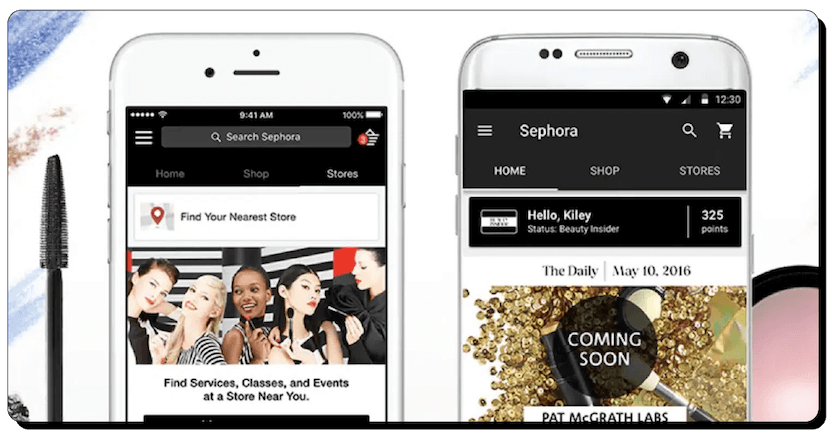
2. Kredivo
Kredivo, one of the fastest-growing digital payment channels for ecommerce in Indonesia. Kredivo offers customers credit, financing, and loans. They implemented an omnichannel engagement strategy to engage and convert new customers.
They developed unique flows based on user attributes such as age, gender, and income to customize the offers and messages sent to users at a segment level. As a result, the company saw a 20% uplift in push notification delivery and a 64% conversion rate for triggered emails as customers received much more personalized offers.
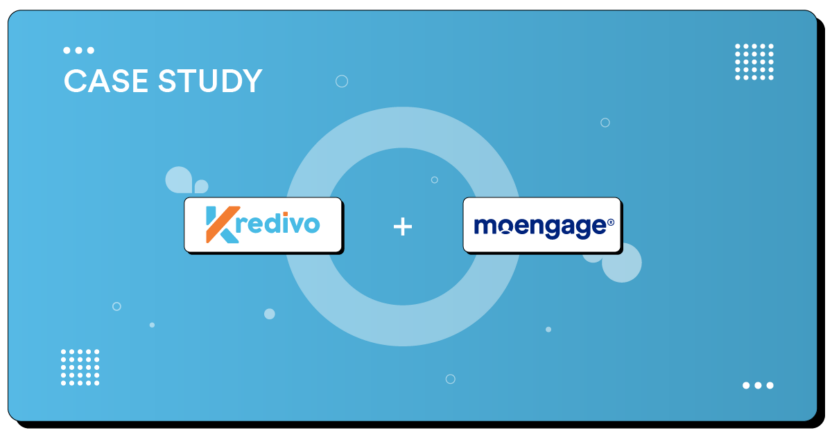
3. Starbucks
The Starbucks Rewards app is built into everything the company does, and it works seamlessly across all touchpoints. Whether a customer is using the website or the mobile app, or buying in-store, they can collect and use their rewards points easily and effortlessly.
To increase the quality of its rewards offerings, Starbucks leveraged data analytics and AI to segment customer cohorts even more effectively to deliver personalized Rewards offers. As a result, the Starbucks Rewards loyalty program reached 34.3 million active U.S. users in early 2024, a 13% increase from the previous year.
All three of these examples demonstrate the importance of personalization on the customer’s end (the experience) and the importance of insight for the marketer.
Without the data to work with and the ability to segment and target customers as well as personalize offers, these three retailers would not have the same degree of success with their omnichannel strategies.
Visit our recent blog for more examples of successful B2C omnichannel marketing campaigns.
The Future of Omnichannel Customer Experience: Concluding Thoughts
Although omnichannel marketing already offers huge benefits to marketers and customers, emerging technologies will make this an even more effective approach. As AI improves predictive analytics, so will the personalization improve.
Augmented reality will offer immersive customer experiences. And voice commerce will get more common as people use their smart phones and virtual assistants to do their shopping.
Even before these emerging technologies become mainstream, however, it’s time for you to take steps to deliver the personalized experience your customers want, and for you to increase your sales and brand loyalty by doing so.
Your customers are already using multiple touchpoints, and they already expect the personalization. It’s up to you to meet them where they are, delivering the right message and the right time and place.
To learn how MoEngage can help you master the omnichannel customer experience, request a demo.



